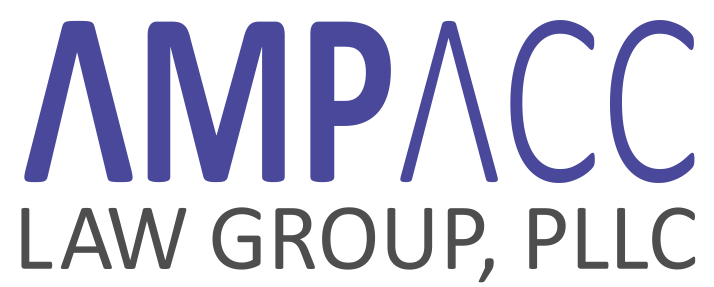A claim element that is described in terms of its function may be subject to interpretation under 35 U.S.C. § 112(f). §112(f) defines a specific claim form known as “means-plus-function.” The scope of a means-plus-function claim is limited to the structures disclosed in the written description and the functions recited in the claim and its equivalents. 35 U.S.C. § 112(f). If a structure that corresponds to the claimed function is not described in the specification, the claim may be considered indefinite under 35 U.S.C. § 112(b). Because of the additional rules that apply to means-plus-function claims, practitioners should carefully consider whether their claims implicate § 112(f).
In general, there is a presumption that a claim that omits the word “means” coupled with functional language does not invoke § 112(f). However, some claims can overcome this presumption.
The USPTO and the Federal Circuit employ different standards for determining whether or not the presumption has been overcome although the word “means” has not been used. Under USPTO rules, an element that does not include the term “means” invokes §112(f) when it uses a “generic placeholder” or “nonce word” that is a non-structural term used as a substitute for the word “means.” For example, a non-exhaustive list of non-structural terms that may trigger such a rejection includes the words “mechanism,” “module,” “device,” “unit,” “component,” “element,” “member,” “apparatus,” “machine,” and “system.” MPEP 2181; see also Welker Bering Co. v. PHD, Inc., 550 F.3d 1090, 1096-97 (Fed. Cir. 2008).
The Federal Circuit’s test for when a claim element without the term “means” nevertheless invokes §112(f) is slightly different from the USPTO’s. The Federal Circuit has held that the presumption against means-plus-function claiming is overcome when a claim “fails to recite ‘sufficient definite structure’ or merely recites a ‘function without reciting sufficient structure for performing that function.’” Apple Inc. v. Motorola, Inc., 757 F.3d 1286, 1297 (Fed. Cir. 2014) (internal citations omitted).
In Robert Bosch, LLC v. Snap-On, Inc., No. 2014-1040 (2014), the Federal Circuit found that the presumption had been overcome when a nonce word had been used that did not have a sufficiently definite structure. The Federal Circuit construed a claim directed to a diagnostic testing machine that included the phrase “by means of a program loading device.” This phrase includes the general noun “device” paired with “program loading,” which describes the device’s function. Here, the claim language overcame the “strong presumption” against means-plus-function claiming because the device was characterized by its function (“program loading”) in the claim language.
Under § 112(f), a means-plus-function term is construed to “cover the corresponding structure, material, or acts described in the specification and equivalents thereof.” Accordingly, the court looked to the specification to define the means-plus-function term and its equivalents. However, the specification did not define the “program loading device” beyond its program loading function. Due to the absence of a definition for the term, the court held that all of the claims reciting the “program loading device” were indefinite. The claims could not be enforced.
The Robert Bosch case shows how broadly § 112(f) can be applied. However, the recent case Williamson v. Citrix Online, LLC, No. 2013-1130 (Fed. Cir. 2014) shows the boundaries of means-plus-function claiming.
In Williamson, the Federal Circuit held that a “distributed learning control module for receiving communications” was not a means-plus function claim element. Since the claim did not include the term “means,” the strong presumption against means-plus-function claiming applied. The issue became whether the term was “so devoid of structure that the drafter constructively engaged in means-plus-function claiming.” Inventio AG v. ThyssenKrupp Elevator Ams. Corp., 649 F.3d 1350, 1358 (Fed. Cir. 2011). In light of technical dictionaries and the accompanying specification, the court determined that the term “module” implied specific hardware components in the context of the patent as a whole. The court held that a person having ordinary skill in the art would understand the term “module” to have sufficient structural connotations to maintain the presumption against means-plus-function claiming.
These cases show the importance of context when courts determine whether to apply § 112(f). While practitioners should generally avoid terms like “means” and other nonce words, sometimes those terms can be rehabilitated if they connote specific structures to persons having ordinary skill in the art.
